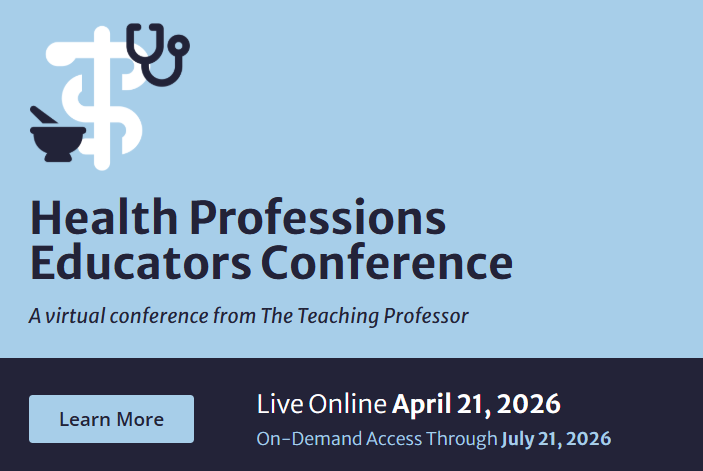Practical Advice for Going from Face to Face to Online Teaching
Developing an online course based on an existing face-to-face course requires more than learning how to use the technology and loading the material into the learning management system because, as Catherine Nameth, education outreach coordinator at the University of California-Los Angeles, says, “not everything will transfer directly from the face-to-face environment to the online environment.” This transition requires the instructor to rethink and reconfigure the material and anticipate students’ needs.




